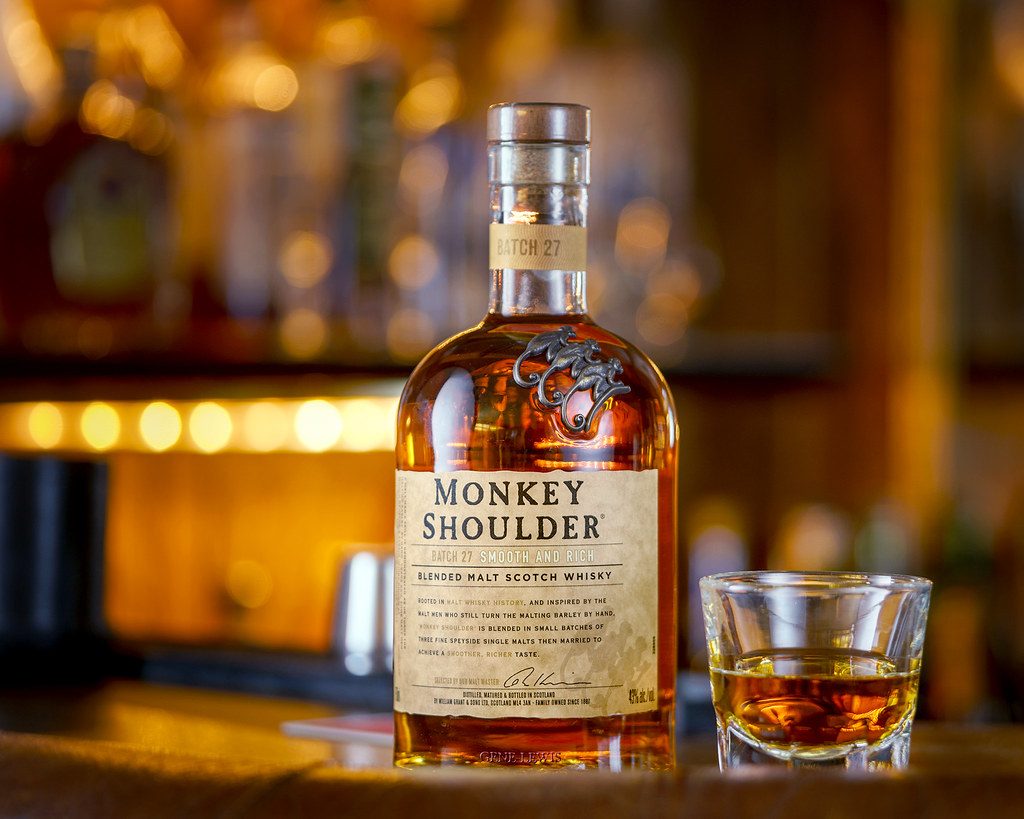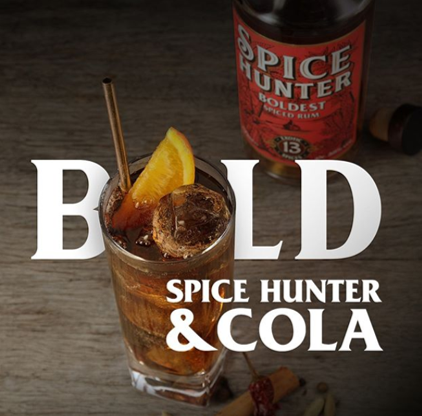Creative Strategies for Effective Product Branding
In the world of NPD, one piece of the jigsaw can often be the most difficult – and arguably just as important as perfecting your product: naming. Names imbue your product with meaning and recognition, but amongst category clutter can be tricky business. So when you’re setting out to be the next Sellotape or Kleenex, here’s some tips we’ve honed from our own experience of naming everything from spirits to soaps.
- Start a story
Thinking about branding as storytelling is no new news, but it’s important to think about the name as the catalyst to that great story, piquing interest to hear it be told. Great names capture the imagination and draw you in. Take Monkey Shoulder – now the best-selling Scotch among the world’s top bars. There’s an immediate tension and intrigue that makes you want to know what it’s all about – in fact, a nickname for a condition amongst whisky workers, when the tireless turning of barley by hand caused their arm to hang down like a monkey’s. An authentic story, a great brand hook, brilliantly complemented by the brass monkeys on the shoulder of the bottle that compel you to pick it up.

- Write a long list, then make it longer
If you’re right at the starting blocks on the naming process, mind-mapping is a great way to help you go broad and get all the project team on board. What territories can you branch out into? Consumer needs? Product features? Brand attributes? Are there analogies you can draw or stories you can spring into? Surround yourself with stimulus – online and offline. Web searches, lifestyle magazines, other products popular with your target consumer…
Once you’re into an interesting territory or two, create a long list. Write down every derivative and keep branching into new ideas. Pick up the pace. Think about different ways of re-expressing the idea. If the product was a person who would it be? How would your target consumer talk about the product? (We love a workshop at Guy & Co…)
We recently faced the clutter of the beauty world whilst developing a new natural beauty brand. But, by hunting out and sandwiching together words associated with the product ingredients and consumer benefit, we were able to create something compelling.
Introducing Naked Leaf – Naked as Nature Intended.


- Disfluency – Diswhatty?
Cognitive fluency – the way our brains process information and the way it makes us feel when we do. It’s a big one for naming, and there’s a lot of evidence that disfluency – creating disruptive pathways through use of unusual language and fonts – has its advantages in branding. When something looks unfamiliar it prompts our brain to slow down and process what we’re reading, so it can be a trick for creating memorable names.
Developing the brand and packaging for the UK’s first alkaline water brand, ActiPH, our consumer research established a physically active target consumer. But with the benefits of alkalinity (hydration and balance) being so poorly understood, and the product’s high PH of 9.0 being the USP amongst other functional drinks, it was crucial to highlight. So we developed a long list of names, built out the shortlist into loose lock-ups and tested with consumers. ActiPH emerged as the winner – with the twist of PH creating tension within an otherwise descriptive (and taken) name, providing standout on shelf and making people want to read it, say it and try it.

- Check IP early
There’s no bigger blow for a project team than getting behind a name just to realise it’s already been snapped up. It can make you feel like it’s back to the drawing board on branding, when you probably have all the thinking in place to get to something even better. If there’s a working name for your product make sure you do a trademark check early on, across target markets and product classifications. In the UK this takes a matter of minutes on the Intellectual Property Office website at https://www.gov.uk/search-for-trademark.
Don’t be disheartened if it’s already registered. You’ll probably find that with the first few searches you do, and they’re probably the same ones your competitors considered. Are there derivative words that spark new ideas? Or more interesting hybrid names you can create?
It’s a problem the likes of Kleenex or Sellotape probably never had when they were developed, and for all the right reasons.
- Loud & proud
As important as how a name looks when it’s designed as a shiny brand logo is how it sounds. And in the drinks world it’s all about ‘bar call.’ Something that’s easy and aspirational to say and easy for the bartender to understand. “I’ll have an X and Coke.”
Last year we launched the boldest spiced rum in the world for Berry Bros. & Rudd, Spice Hunter. With an exceptional liquid hailing from Mauritius (and more spices than any other rum on the market), we were able to develop a brand story around a maverick 18th-century botanist called Pierre Poivre, who illegally brought spices back to his garden on Mauritius (and had his arm blown off by a grenade in the process). A bold name and story – and one that sounds great for our adventure-thirsty millennial drinker to ask for at the bar.

So if you’re at the starting blocks on NPD, remember our name…


